Top Things to Know Before Buying an Indoor Vertical Garden
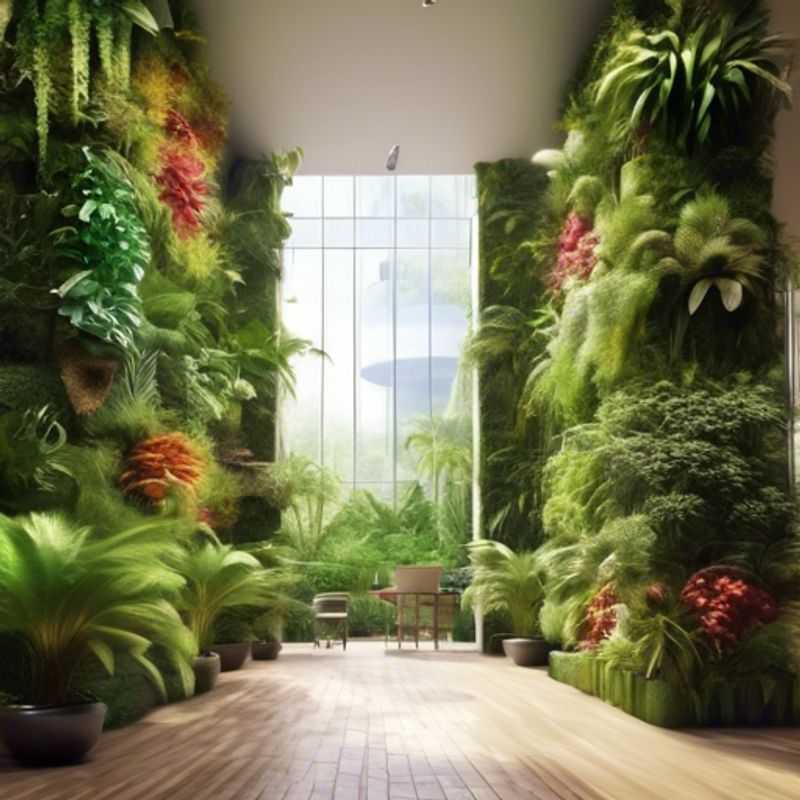
Vertical Garden Essentials: Space, Drainage, Plant Selection, Lighting, Watering, Maintenance, and Structure
Ah, the allure of a verdant oasis within your home! An indoor vertical garden can bring life, beauty, and a touch of nature's serenity to your space. But before you dive into the world of leafy walls, there are a few essential factors to consider, my friend. Let's explore these crucial aspects, shall we?
First and foremost, consider the available space. A vertical garden, while space-saving, still requires a dedicated area. Measure your chosen location and select a vertical garden size accordingly, ensuring a harmonious fit with your decor.
Secondly, proper drainage is paramount. You wouldn't want your leafy friends drowning, would you? Choose a vertical garden with a system that allows excess water to escape, preventing waterlogging and ensuring healthy roots.
Now, let's talk plants. Select species that thrive in indoor conditions and are compatible with your climate. Research their specific needs, including light requirements and humidity preferences.
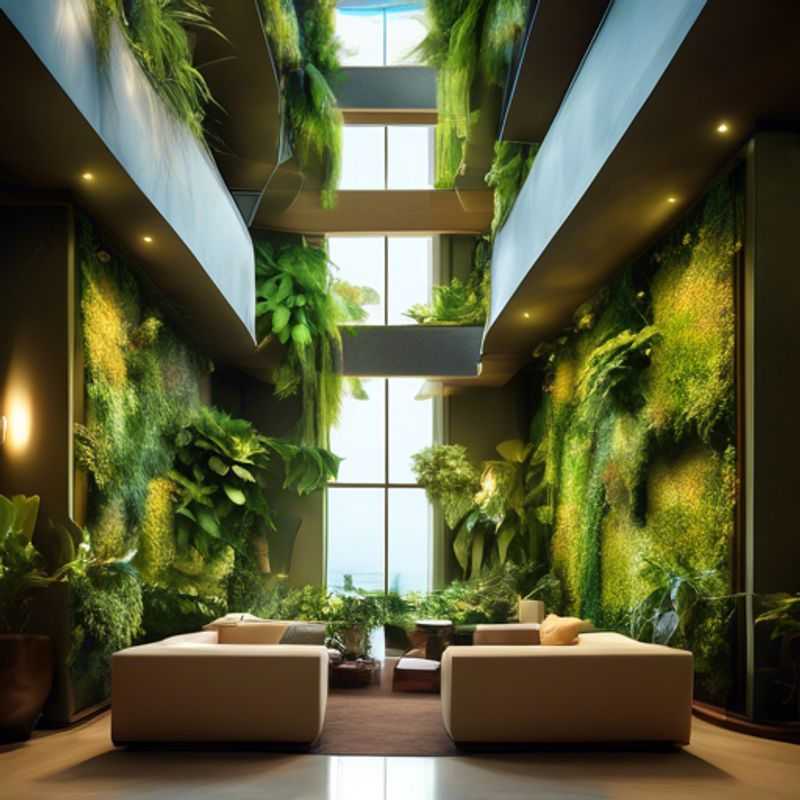
Vertical Garden Sizing: Finding the Perfect Fit for Your Space
Vertical gardens offer a space-saving solution for growing plants in limited areas, but choosing the right size is crucial. Before embarking on your vertical garden project, carefully consider the available space and choose a size that complements your surroundings.
Firstly, measure the available wall space. This will determine the width of your garden. The height can be adjusted based on your needs and preferences, but ensure it's manageable for you to reach and maintain. Consider the weight of the garden when full of plants and choose sturdy materials to support it.
Secondly, think about the types of plants you want to grow. Some plants require more space than others, so choosing appropriate varieties is essential. If you plan on growing taller plants like tomatoes or cucumbers, a larger vertical garden might be necessary.
Thirdly, factor in the weight of the garden. Vertical gardens can become heavy, especially when fully planted and watered. Be sure to choose a structure and location that can support the weight safely.
Remember, choosing the right size for your vertical garden is essential for its success. By considering these factors and carefully planning, you can create a beautiful and functional addition to your space.
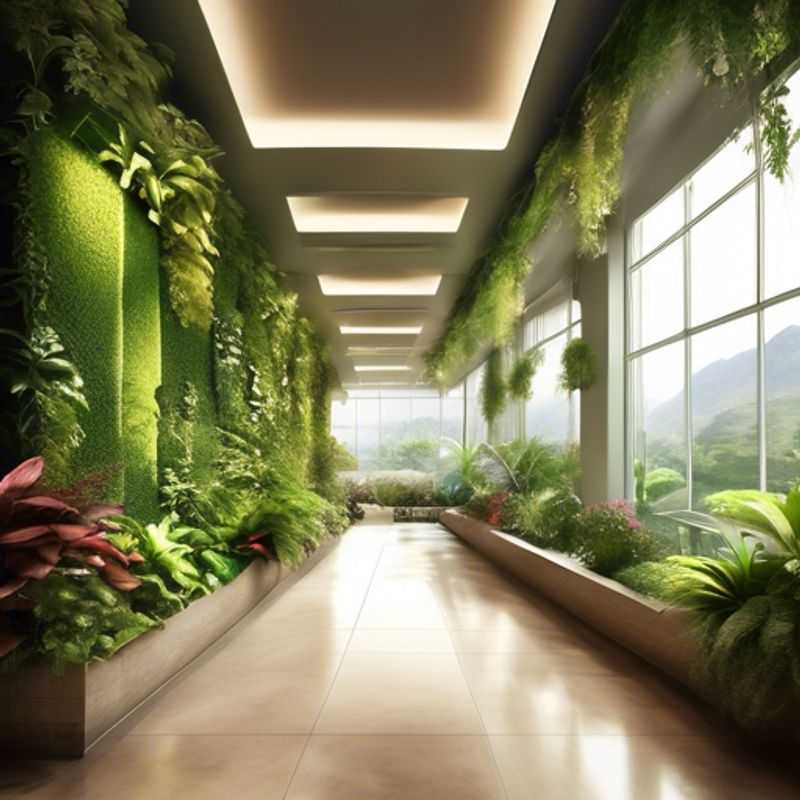
Vertical Garden Drainage: Preventing Waterlogging for Thriving Plants
Ensuring proper drainage in your vertical garden is paramount to the health and longevity of your plants. Waterlogging, a condition where excess water accumulates around the roots, can lead to root rot and plant death. To prevent this, follow these essential steps:
Use a suitable growing medium: Opt for a well-draining potting mix specifically designed for vertical gardens. These mixes usually contain a blend of materials like coco coir, perlite, and vermiculite, which help to promote airflow and drainage.
Incorporate drainage layers: At the bottom of your vertical garden structure, create a layer of drainage material such as gravel, pebbles, or broken terracotta pots. This layer serves as a reservoir for excess water, preventing it from pooling around the roots.
Install drainage holes: Ensure that your vertical garden structure has adequate drainage holes at the bottom to allow excess water to escape. The size and number of holes will depend on the size and design of your garden.
Water judiciously: While it’s important to keep your plants hydrated, avoid overwatering. Water only when the top layer of the growing medium feels dry to the touch. This helps to prevent waterlogging and ensures that the roots have enough time to breathe.
Monitor for signs of waterlogging: Regularly inspect your vertical garden for signs of waterlogging, such as wilting leaves, yellowing foliage, or mold growth. If you notice any of these signs, adjust your watering schedule and ensure proper drainage.
Consider a drainage system: For larger or more complex vertical gardens, you may want to consider a drainage system. These systems can help to collect excess water and direct it away from your plants, reducing the risk of waterlogging. Consult with a gardening expert for advice on choosing the appropriate drainage system.
Remember, proper drainage is essential for the success of your vertical garden. By implementing these tips, you can create a thriving green oasis and enjoy the beauty of your vertical garden for years to come.
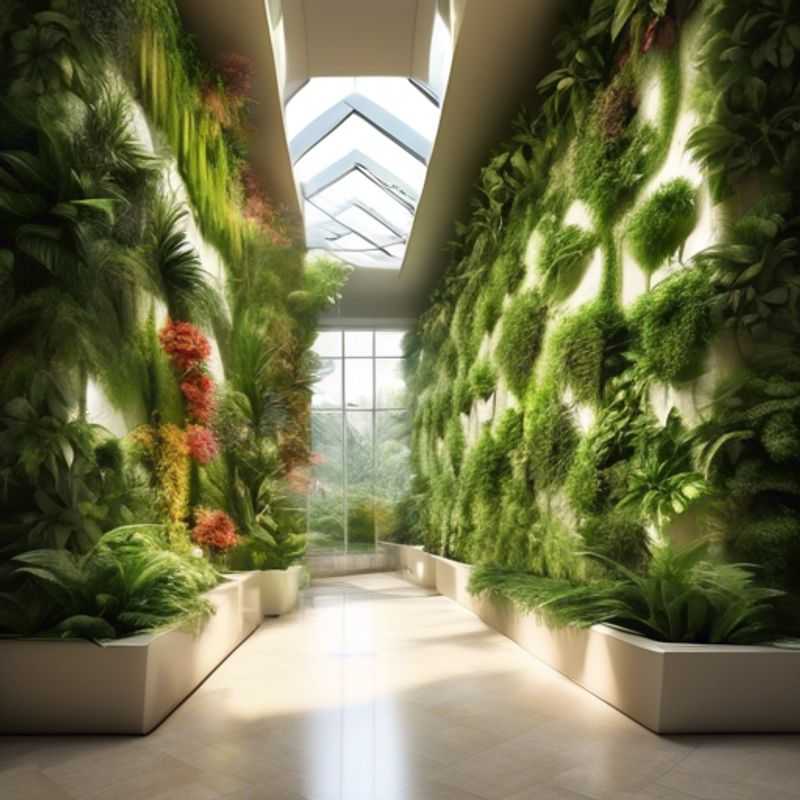
Indoor Oasis: Choosing Plants That Thrive in Your Home and Climate
Indoor plants can bring life and beauty to your home, but choosing the right ones for your specific climate is crucial for their survival. Consider your home's light conditions, humidity levels, and temperature range when making your selection.
Low-light conditions are suitable for plants like Snake Plants (Sansevieria trifasciata), ZZ Plants (Zamioculcas zamiifolia), and Peace Lilies (Spathiphyllum). These plants can tolerate infrequent watering and thrive in dimly lit areas.
Moderate to bright indirect light is ideal for plants like Pothos (Epipremnum aureum), Spider Plants (Chlorophytum comosum), and Chinese Evergreen (Aglaonema). These plants are adaptable and can flourish in various indoor settings.
High humidity is preferred by tropical plants like Calatheas (Calathea spp.), Philodendrons (Philodendron spp.), and Ferns (Pteridophyta). These plants often require regular misting or humidifiers to thrive.
Temperature is also a crucial factor. Most indoor plants prefer temperatures between 65°F and 75°F (18°C and 24°C). Avoid placing plants near drafty windows or heating vents.
When choosing indoor plants, consider the size and growth habits of each species. Smaller plants may be suitable for tight spaces, while larger plants might be better suited for larger rooms. Regularly inspect your plants for pests and diseases, and address any issues promptly to ensure their health.
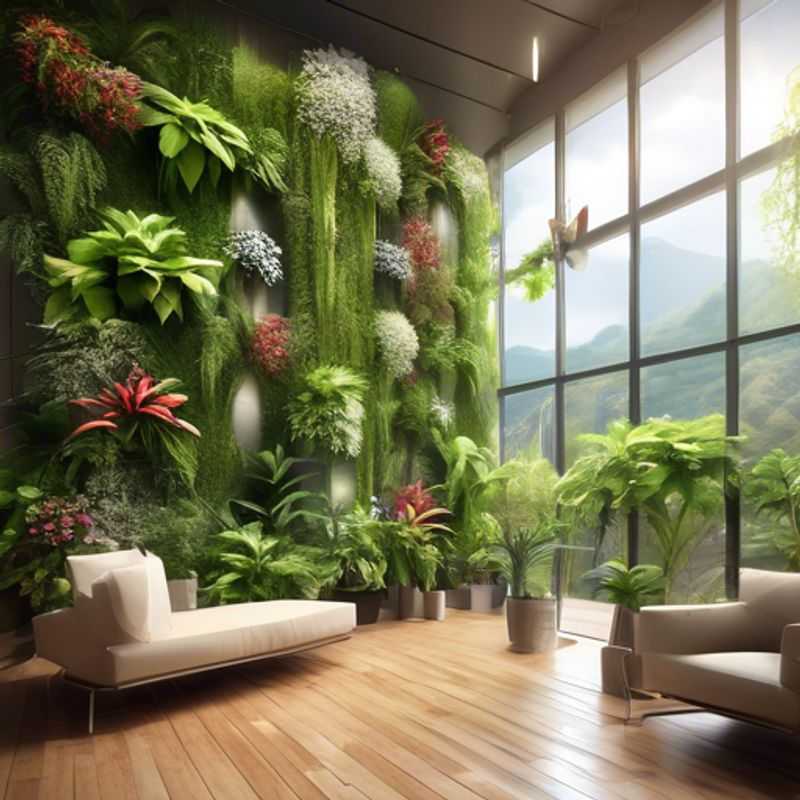
Illuminating Growth: The Importance of Light for Plants
Plants require light to photosynthesize, the process by which they convert sunlight into energy. This process is crucial for plant growth and development. Adequate lighting is essential for plant health and productivity.
Natural light from the sun is the ideal source for most plants, providing the full spectrum of light needed for photosynthesis. However, not all plants require the same amount of light. Some plants thrive in full sun, while others prefer shade.
Artificial lighting can be used to supplement natural light, especially for plants that don't receive enough sunlight. Fluorescent lights are a common and affordable choice, while LED lights are becoming increasingly popular due to their energy efficiency and longevity.
When using artificial light, it's important to consider the light intensity and the light duration. Light intensity refers to the amount of light that the plant receives, measured in lumens. Light duration refers to the number of hours of light that the plant receives each day.
Choosing the right light for your plants can be a bit of a science, and it will depend on the specific plant's needs. You can find resources online to help you determine the best light for your plants.
Monitoring your plants for signs of stress, such as yellowing leaves or stunted growth, is a key part of providing them with the right amount of light. Adjusting your lighting strategy as needed can help keep your plants thriving.
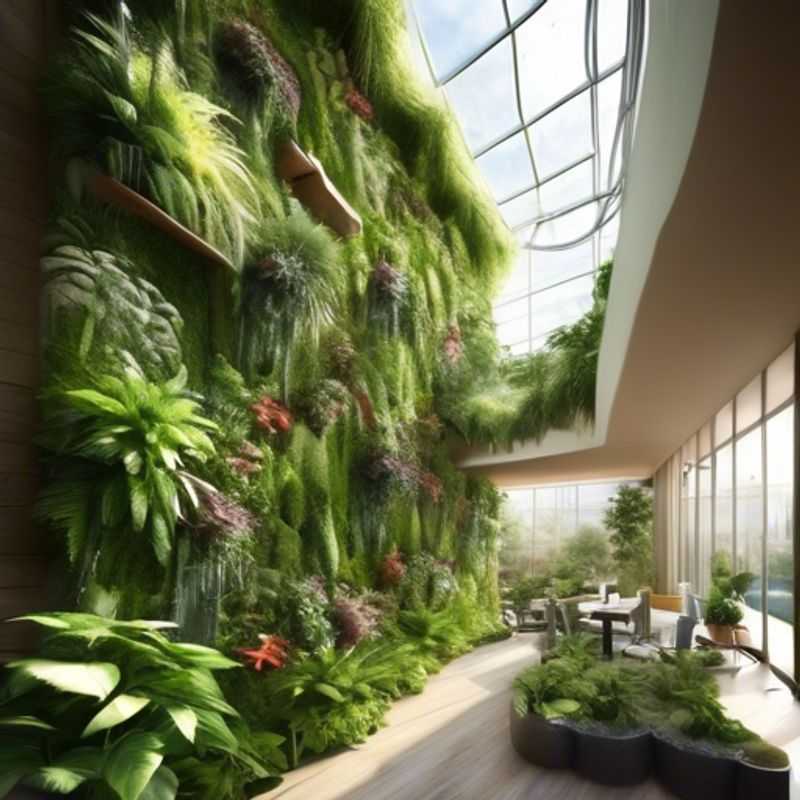
Watering Wisdom: Crafting the Perfect Schedule for Lush Landscapes
Maintaining the right moisture levels for your plants is crucial for their health and growth. A well-defined watering schedule is essential to ensure they receive the optimal amount of water.
Consider the following factors when developing your watering schedule:
• Plant type: Different plants have different water requirements. Some, like succulents, prefer dry soil, while others, like ferns, thrive in consistently moist conditions.
• Pot size and material: Larger pots retain moisture longer than smaller ones. Similarly, terracotta pots allow for better drainage than plastic pots.
• Environmental conditions: Temperature, humidity, and sunlight exposure all affect soil moisture levels. Hot and dry weather will require more frequent watering compared to cooler and more humid conditions.
• Soil type: Sandy soil drains quickly, requiring more frequent watering than clay soil, which retains moisture better.
To determine if your plants need water, check the soil moisture:
• Finger test: Stick your finger about an inch into the soil. If it feels dry, it's time to water.
• Moisture meter: These tools provide a more accurate reading of soil moisture levels.
Here are some general watering tips:
• Water deeply but infrequently: This encourages deeper root growth.
• Avoid overwatering: Waterlogged soil can lead to root rot.
• Water in the morning: This allows the water to absorb properly and minimizes water loss to evaporation.
Remember, every plant is different, and it's essential to observe your plants closely to determine their individual needs. Experiment with different watering schedules to find the one that works best for your plants and environment.
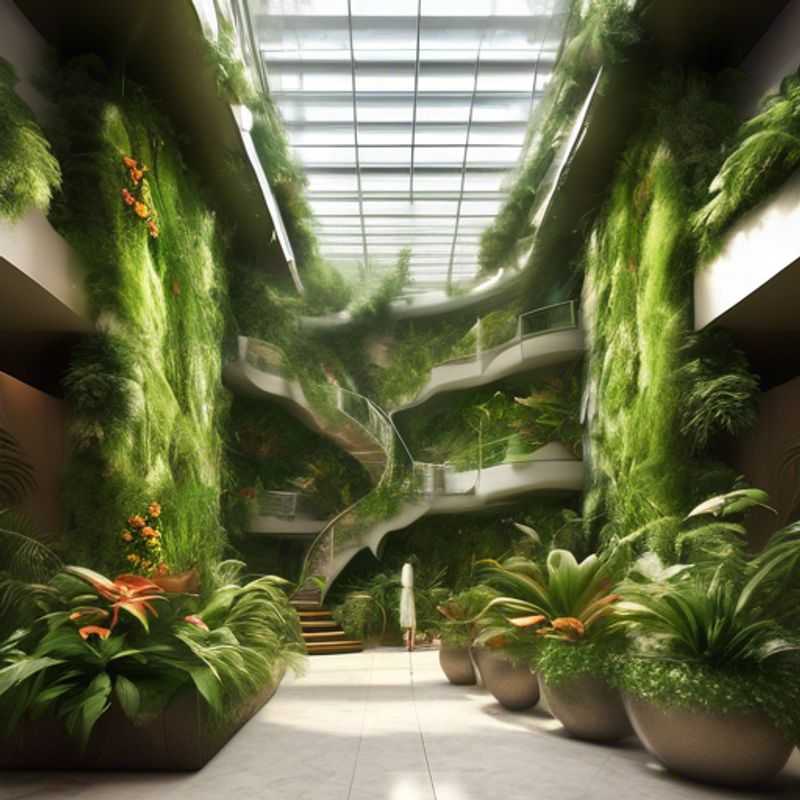
Dive Deep: Researching the Maintenance Needs of Your Chosen Plants
When researching the maintenance requirements of chosen plants, there are several key aspects to consider to ensure their health and longevity.
Watering: Different plants have varying water needs. Understanding the specific requirements of each plant is crucial. Some plants thrive in moist soil, while others prefer well-draining conditions. Overwatering can lead to root rot, while underwatering can cause wilting and stress. It's recommended to check soil moisture levels regularly and water accordingly.
Light: Plants require adequate sunlight for photosynthesis, the process by which they produce energy. Knowing the light preferences of each plant is essential. Some plants require full sun, while others thrive in partial shade or indoor environments with artificial lighting. Inadequate light can result in stunted growth and discoloration.
Fertilization: Plants require nutrients from the soil to grow and flourish. Fertilizing provides these essential nutrients. The type and frequency of fertilization depend on the plant species and its growth stage. Over-fertilizing can be harmful, while under-fertilizing can limit growth. It's advisable to use a balanced fertilizer specifically designed for the chosen plant species.
Pruning: Pruning involves removing dead, diseased, or overgrown branches to maintain the plant's shape, health, and vitality. It also encourages new growth and improves air circulation. Pruning techniques vary depending on the plant species. It's essential to use sharp, clean tools to avoid damage and infection.
Pest and Disease Control: Plants are susceptible to pests and diseases that can weaken or kill them. Regular inspection is crucial for early detection and prevention. Identifying the specific pest or disease is necessary to implement effective control measures. These measures may include using natural pesticides, insecticidal soap, or fungicides.
Repotting: As plants grow, they may outgrow their pots. Repotting involves moving the plant to a larger container with fresh potting mix. Repotting allows the plant to have adequate space for root development and access to essential nutrients. It's advisable to repot plants during their growing season.
Temperature and Humidity: Plants have specific temperature and humidity requirements. Maintaining optimal conditions can contribute to their health and growth. Some plants prefer cooler temperatures, while others thrive in warmer environments. Similarly, humidity levels vary based on the plant species. It's important to consider these factors when choosing a location for your plants.
Disease Prevention: Keeping plants healthy through proper care and hygiene can help prevent diseases. It's important to use clean tools, sterilize pots and trays, and avoid overcrowding to prevent the spread of pathogens. Identifying and addressing potential disease problems promptly is crucial for maintaining plant health.
Researching the specific maintenance requirements of your chosen plants ensures their well-being and longevity. By providing the necessary care, you can enjoy the beauty and benefits of your plants for years to come.
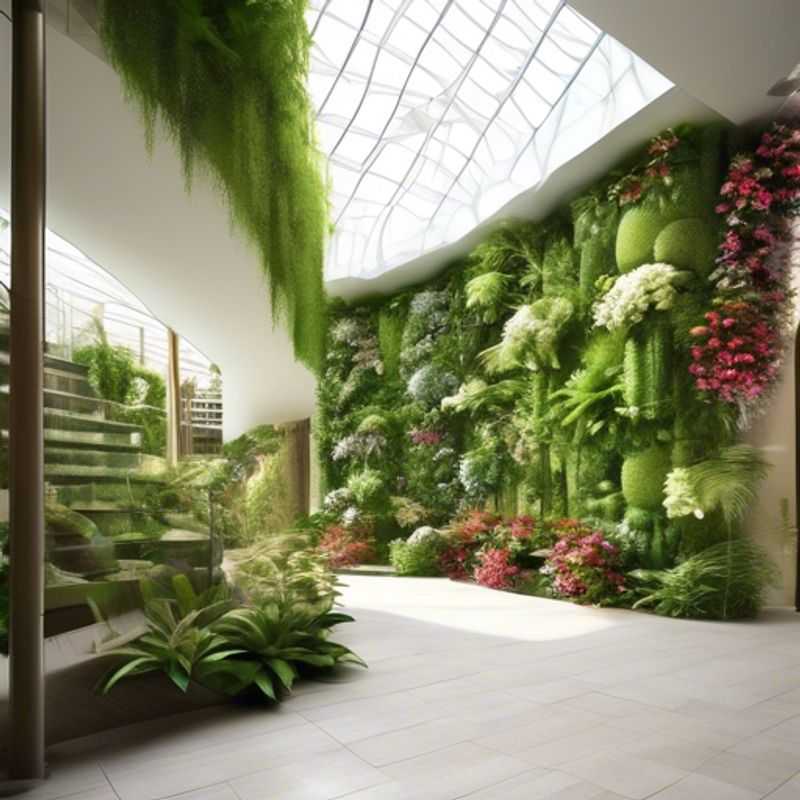
Building a Strong Foundation: Choosing the Right Structure for Your Vertical Garden
When building a vertical garden, it's crucial to have a sturdy and stable structure. This ensures your plants are securely supported and your garden stays intact. Choosing the right structure for your vertical garden depends on factors like size, weight, and location.
One popular option is using wood pallets. They offer ample space, are relatively affordable, and can be easily customized. Just make sure the wood is treated for outdoor use. Metal frames, often made of galvanized steel, provide durable, long-lasting support. These frames are great for large-scale gardens and can withstand harsh weather conditions. However, they can be more expensive than wood pallets.
Another option is to use repurposed materials like recycled plastic bottles or mesh panels. These options are eco-friendly and budget-friendly. However, they might require additional reinforcements to ensure stability and long-term durability. Regardless of the material, it's essential to consider factors like drainage and watering systems. Adequate drainage prevents waterlogging and root rot, while a well-planned watering system ensures consistent moisture for your plants.
